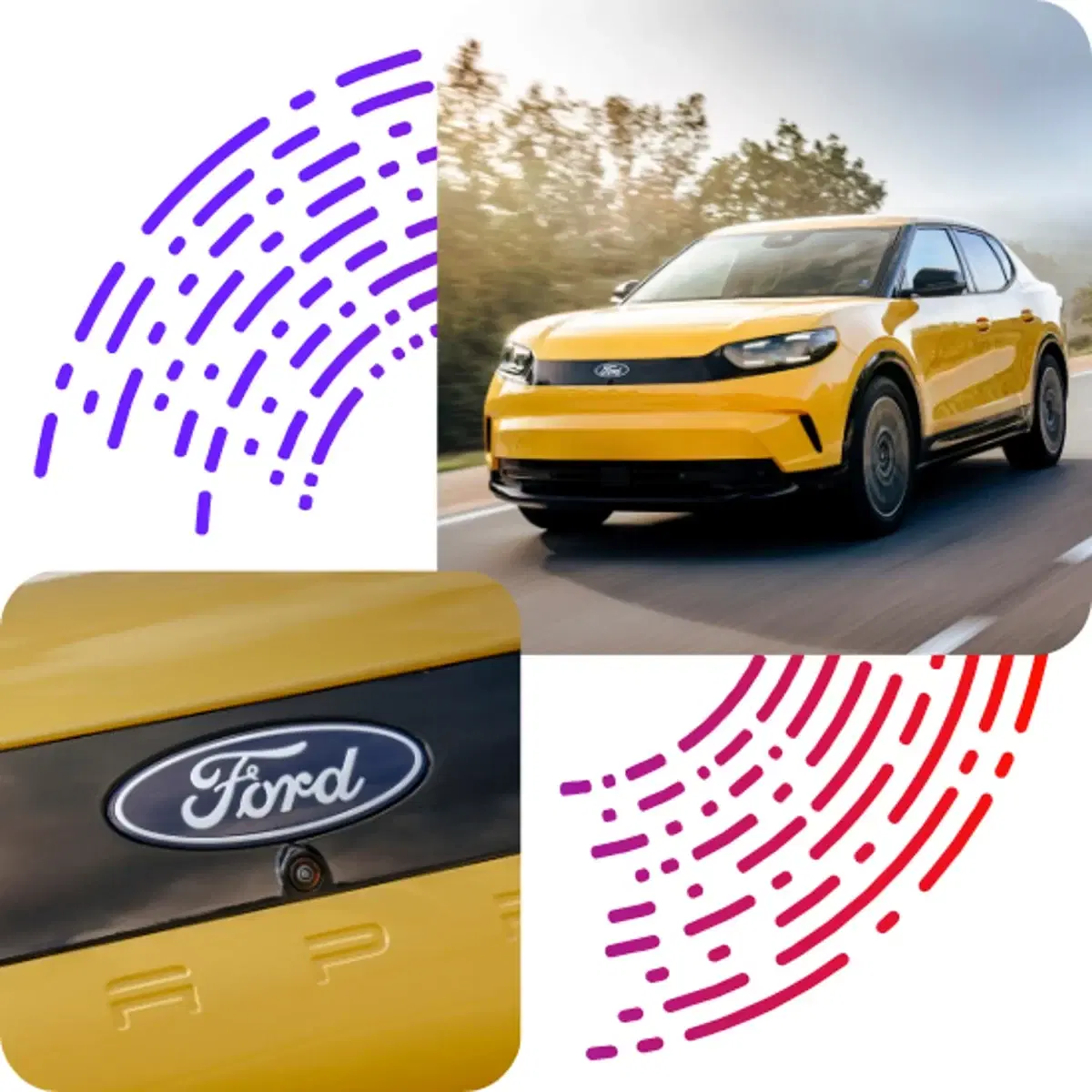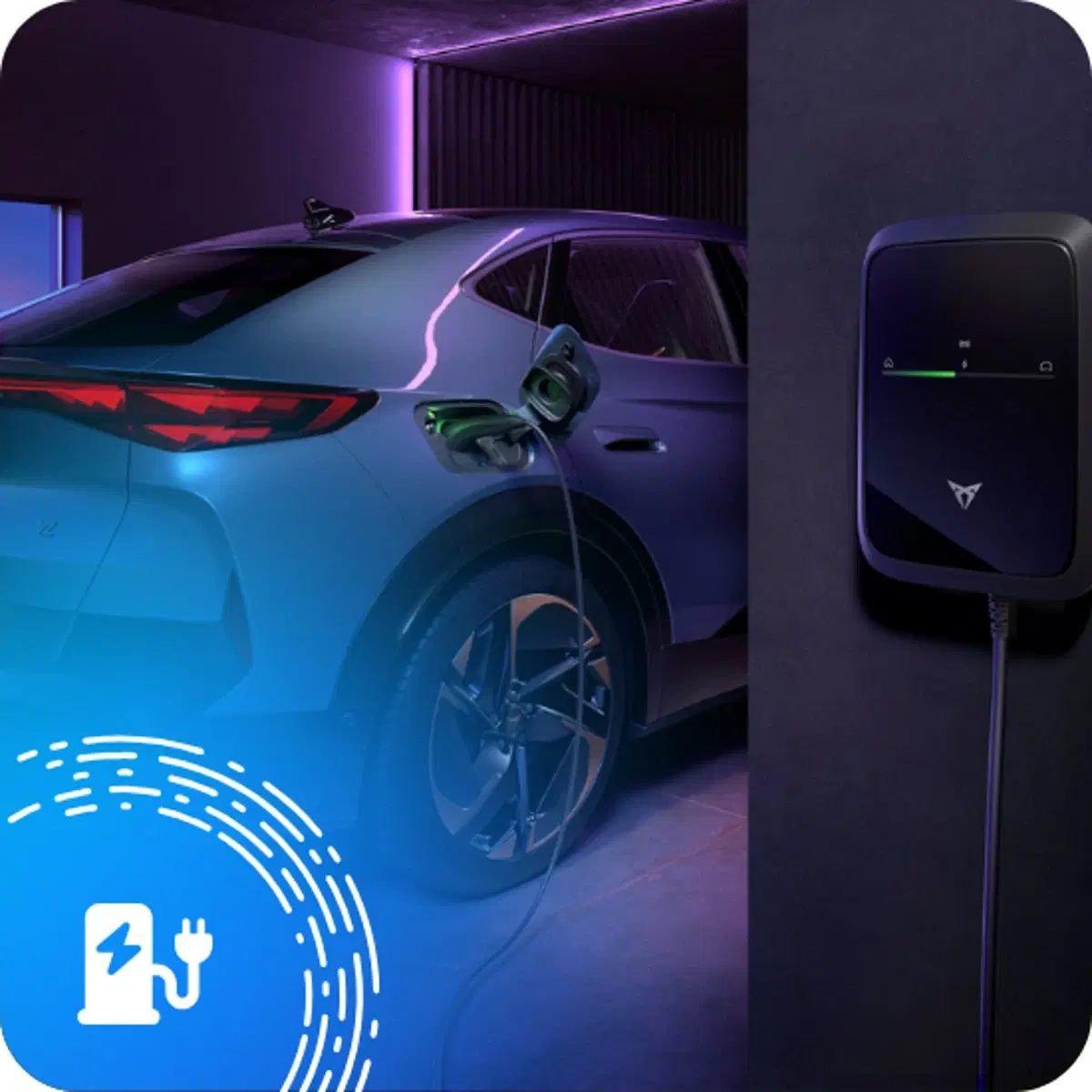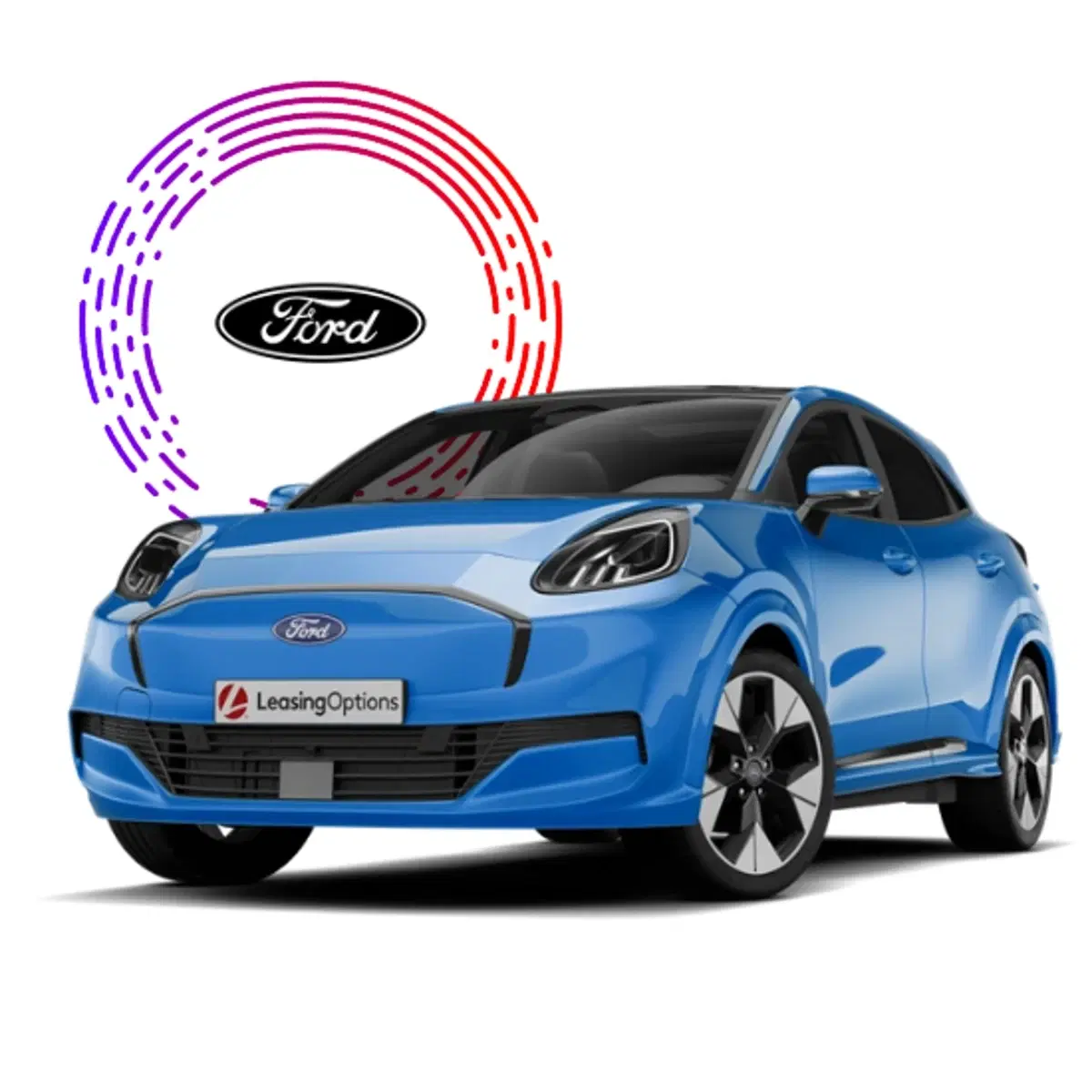
Ford Leasing
All this is available for less with a Ford lease deal from Leasing Options with our price match promise. Browse the latest deals below or speak to our expert Ford leasing team to find your perfect vehicle.

Inc. VAT

Inc. VAT

Inc. VAT

Inc. VAT

Inc. VAT


Inc. VAT

Inc. VAT
What style Ford are you looking to drive?
Find your Ford lease
The UK manufacturer Ford is a common sight on our roads, from compact city cars to family-friendly SUVs, large vans and commercial vehicles. The brand is known for affordability, reliability and advanced technology.
Ford cars look great, but they’re also practical and spacious. With a range of electric, hybrid and fuel-powered engines to choose from, there’s something to suit your needs. With a reputation for reliability and durability, you can count on your Ford car to get you from A to B whenever you need it. Combined with innovative features, Ford remains one of the biggest names in the automotive market.
- Ford Explorer: A family-friendly SUV with off-road capabilities and a comfortable ride.
- Ford Mustang: An iconic sports car with powerful engines and unmistakable styling.
- Ford Focus: An affordable compact car with affordable pricing and a comfortable interior.
- Ford Kuga: A compact SUV with a spacious interior and a range of engine options including hybrid.
- Ford Puma: A small, stylish SUV perfect for city driving, with modern tech features and fuel efficiency.
- Ford Ranger: A mid-sized pickup known for its towing capacity and off-road capabilities.
- Ford Capri: A classic coupe with sporty performance and a sleek design - it’s classed as a stylish and affordable alternative to premium sports cars.
- Ford EcoSport: Practical and efficient, a compact crossover with loads of smart tech, great for city driving.

Family Ford lease deals
A real family favourite, Ford is a great choice when it comes to finding a car that works perfectly no matter the dynamic. Whether you’re travelling with your dogs, or your kids and their friends, Ford is manufactured for families.
The Ford Kuga is a standout option when it comes to family cars. A great-looking 4x4, it can seat up to 5 adults and has loads of features to keep everyone occupied, like a range of smart navigation options and an advanced 13.2” infotainment system with Apple CarPlay and Android Auto. Boot space is second to none with room 5 plus suitcases.
The Ford Focus is popular with families for good reason, its interior space is impressive whether you’re travelling in the front or the back. Boot space is good, with a flat floor that makes it easy to stack and store items.
Other Ford models that could suit your family perfectly include the Ford Fiesta and the Ford Puma.

Discover electric Ford lease deals
Like most modern manufacturers, Ford has created their own line of electric and hybrid cars. Electric models including the Ford Explorer come with a real-world range of 233 miles and quick acceleration. The Ford Puma boasts a range of 226 miles of range with an acceleration of 0-62mph in 8 seconds.
For those not ready to make the switch from fuel-powered cars to fully electric driving, Ford has a range of plug-in hybrid cars like the Ford Kuga Estate so you can choose to drive on pure electric power on shorter journeys or through the city streets and switch to fuel-power on longer journeys — no need for range anxiety.

Why choose a Ford lease?
Choosing a Ford lease comes with loads of benefits from affordability to keeping up to date with the latest in-car tech:
- Affordable, fixed monthly payments
- Consolidated motoring costs including car tax
- No depreciation or selling worries at the end of your lease term
- Stay up to date with the latest models - drive a new car every few years
- Quick and simple leasing process

Why lease with Leasing Options?
Simple, we make leasing easy, honest and affordable for our customers.
We're award winning with over 35 years' in the industry and we're one of the UK's most trusted leasing brokers, rated Excellent on Trustpilot with a 4.9-star rating from over 20,000 reviews.
With Leasing Options, you get jargon-free advice, tailored quotes, and ongoing support from a team that genuinely wants to get you the right deal, not just any deal and we back that up with our Price Match Promise (if you find a cheaper price elsewhere we will match it or give you £50).
We also make managing your motoring costs effortless. Not only will your vehicle will be delivered to your door for free, you can choose to include maintenance and insurance in your monthly payment (which already covers your road tax), and even add an EV charger with an great rate, keeping everything in one simple, affordable package.

Ford customer reviews
Overall Average Rating
Based on:
1 Verified Customer Reviews
4.5 out of 5 Average Rating
